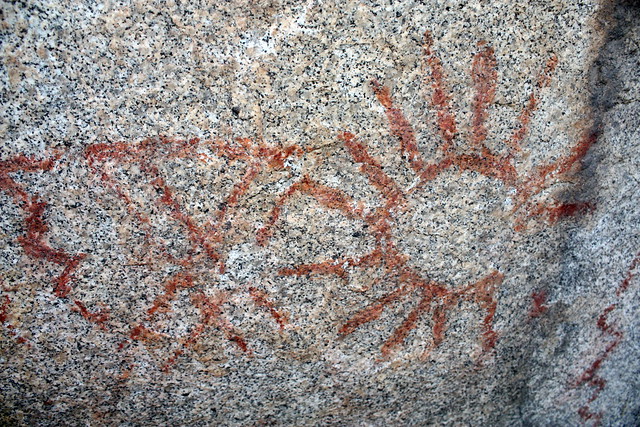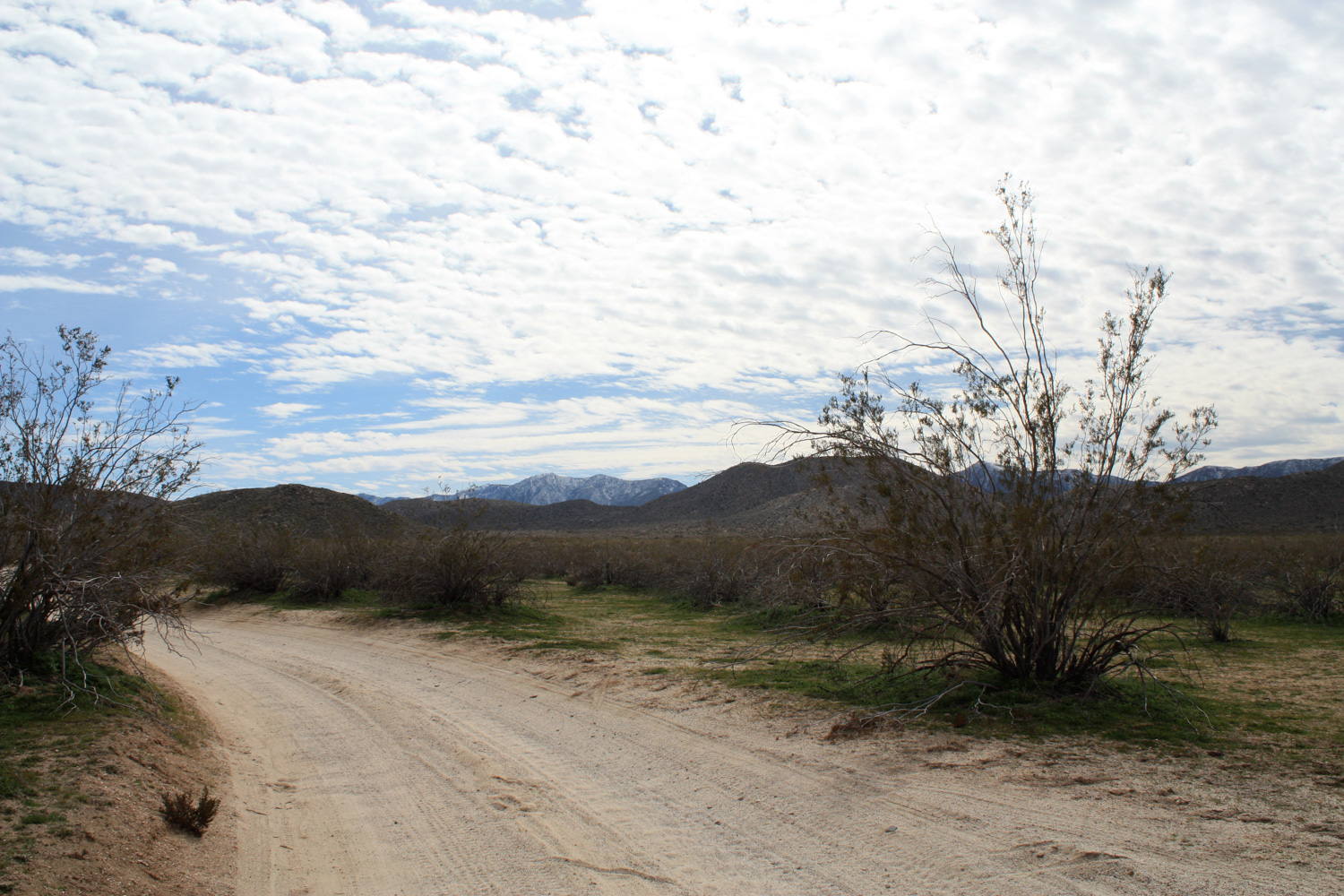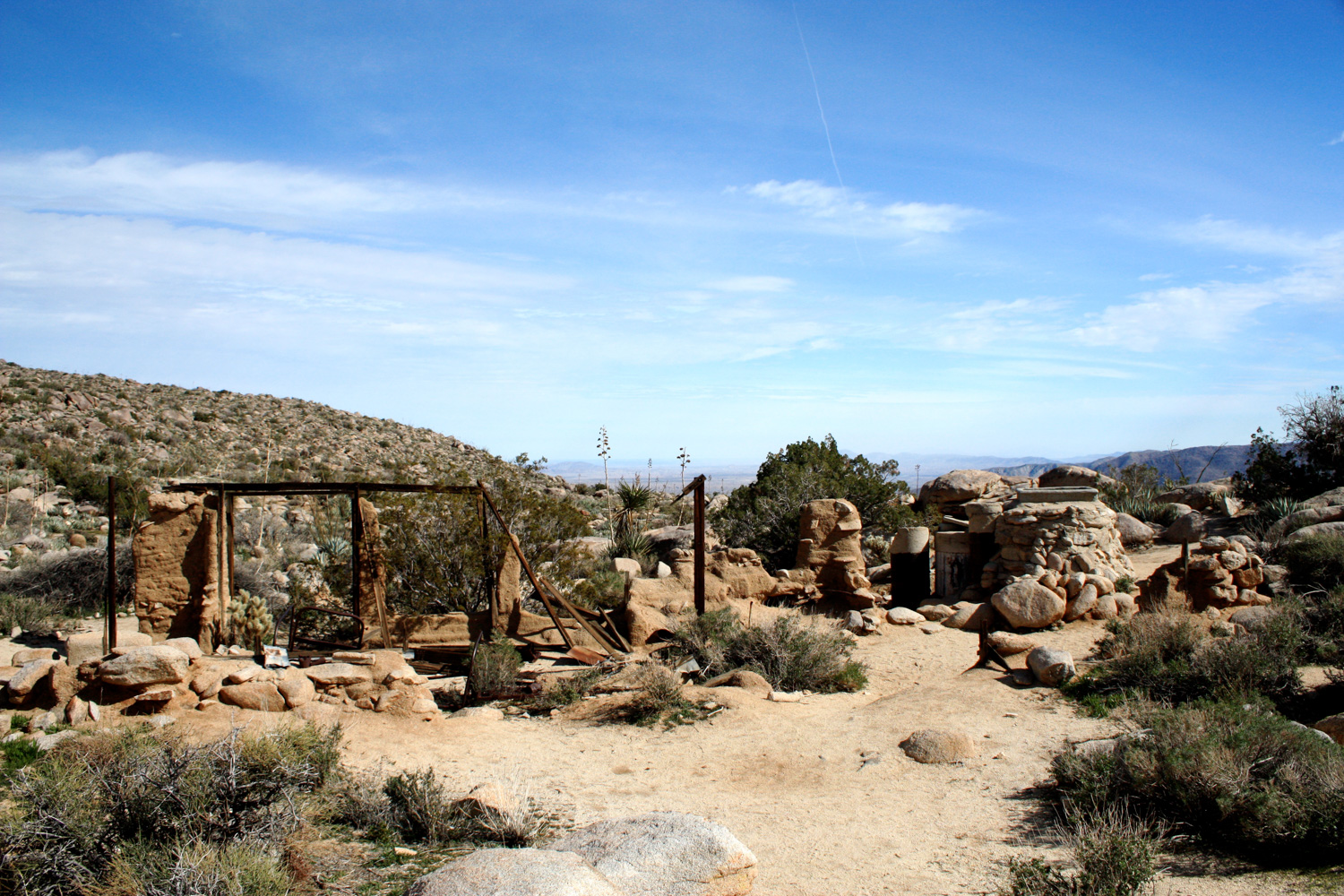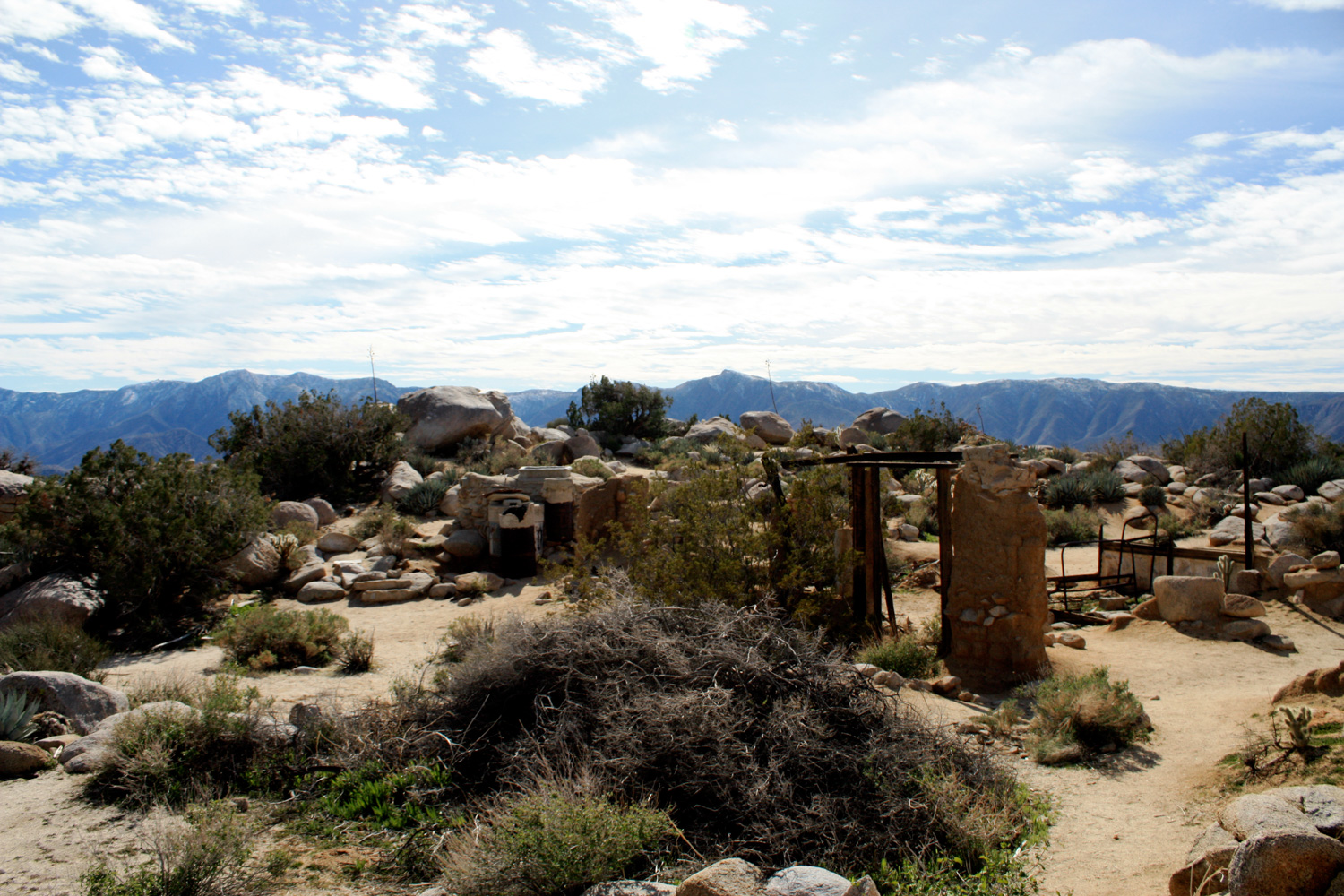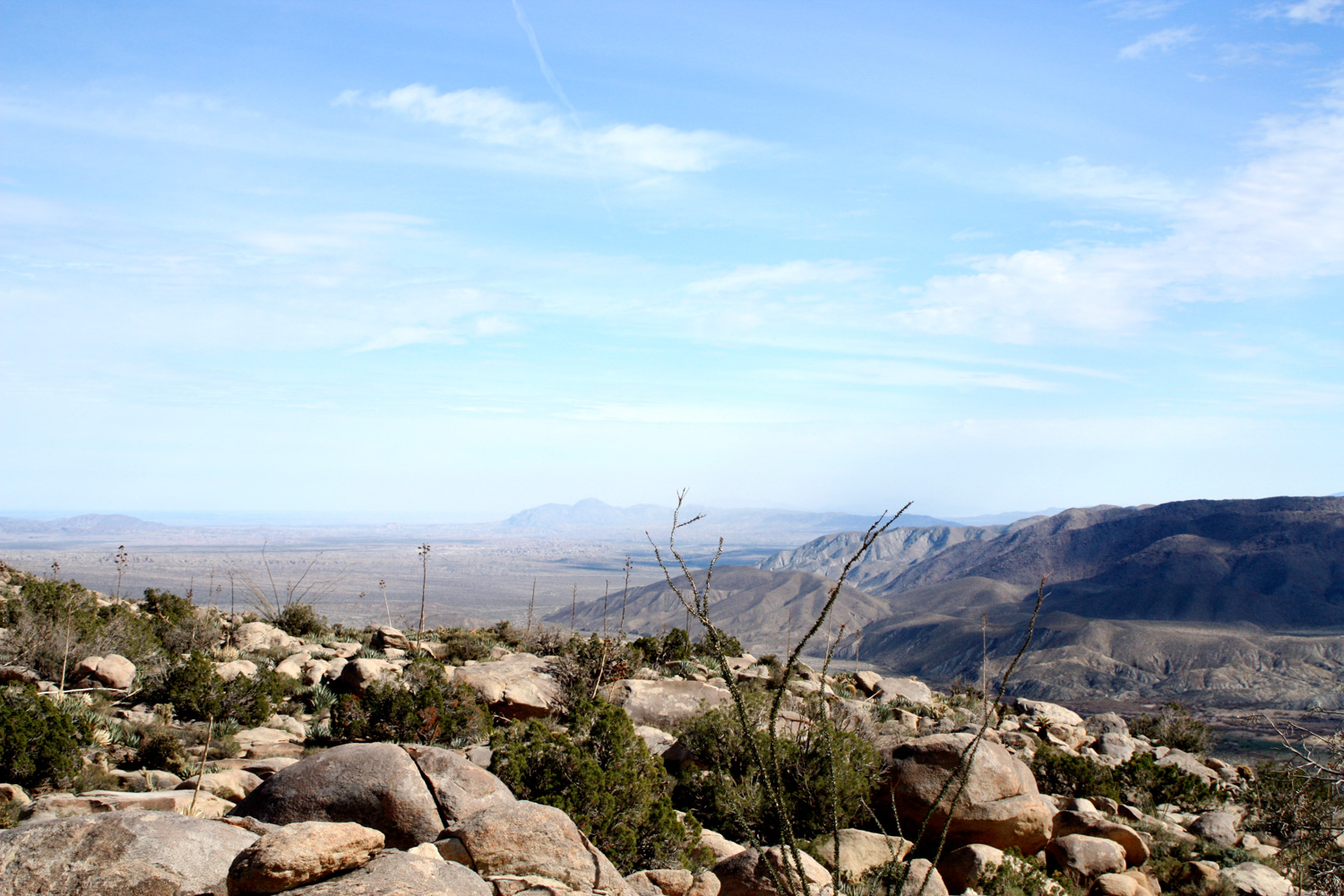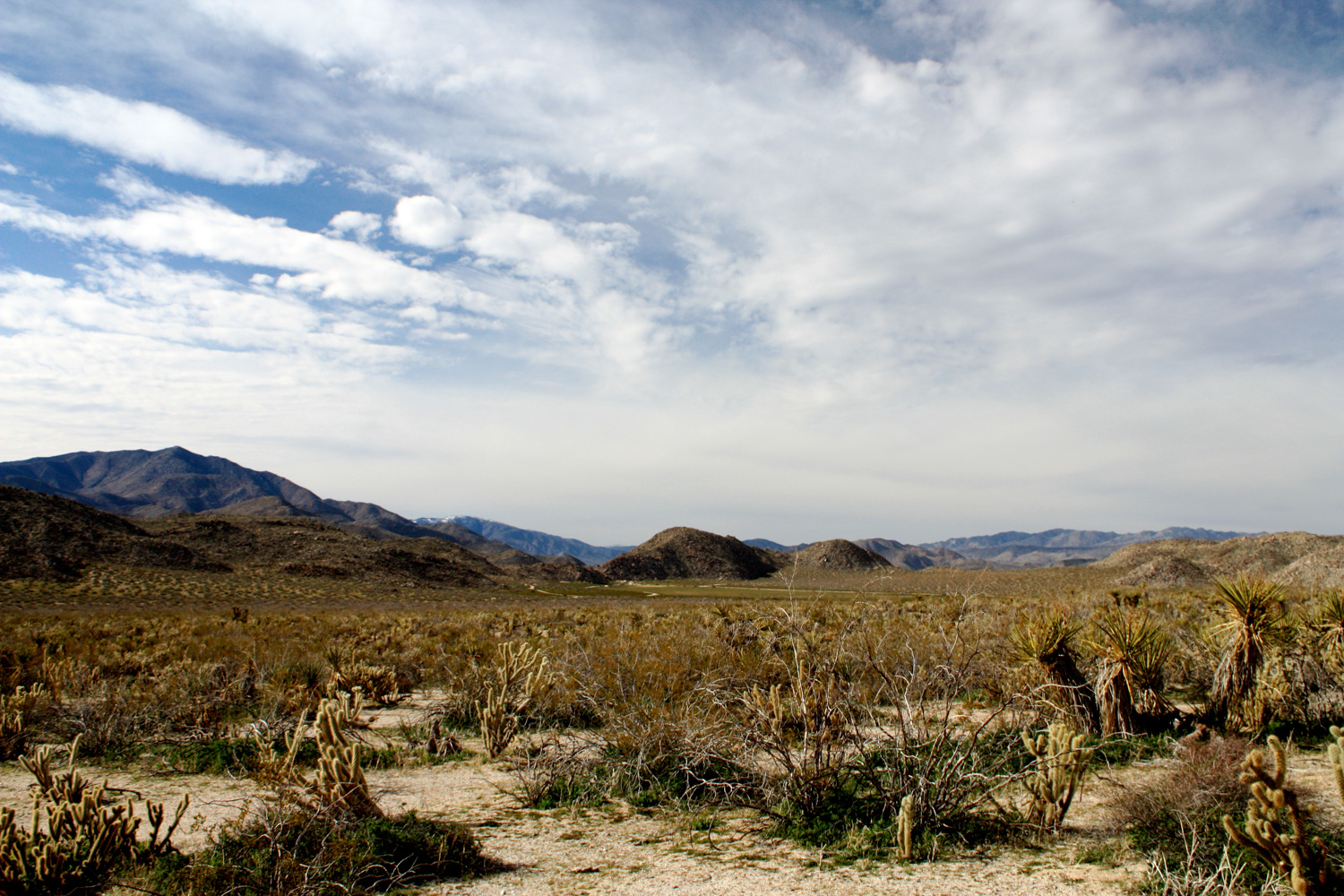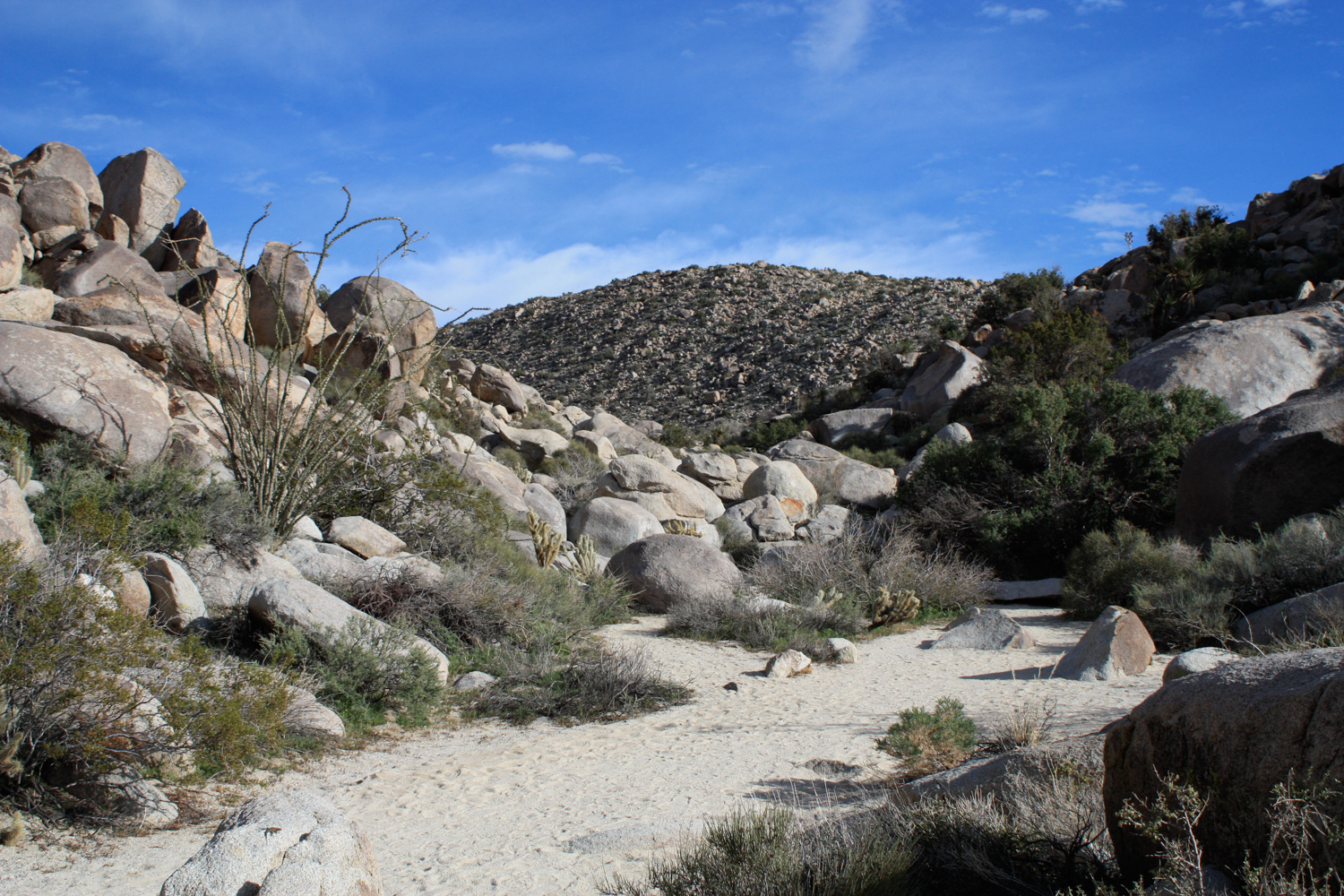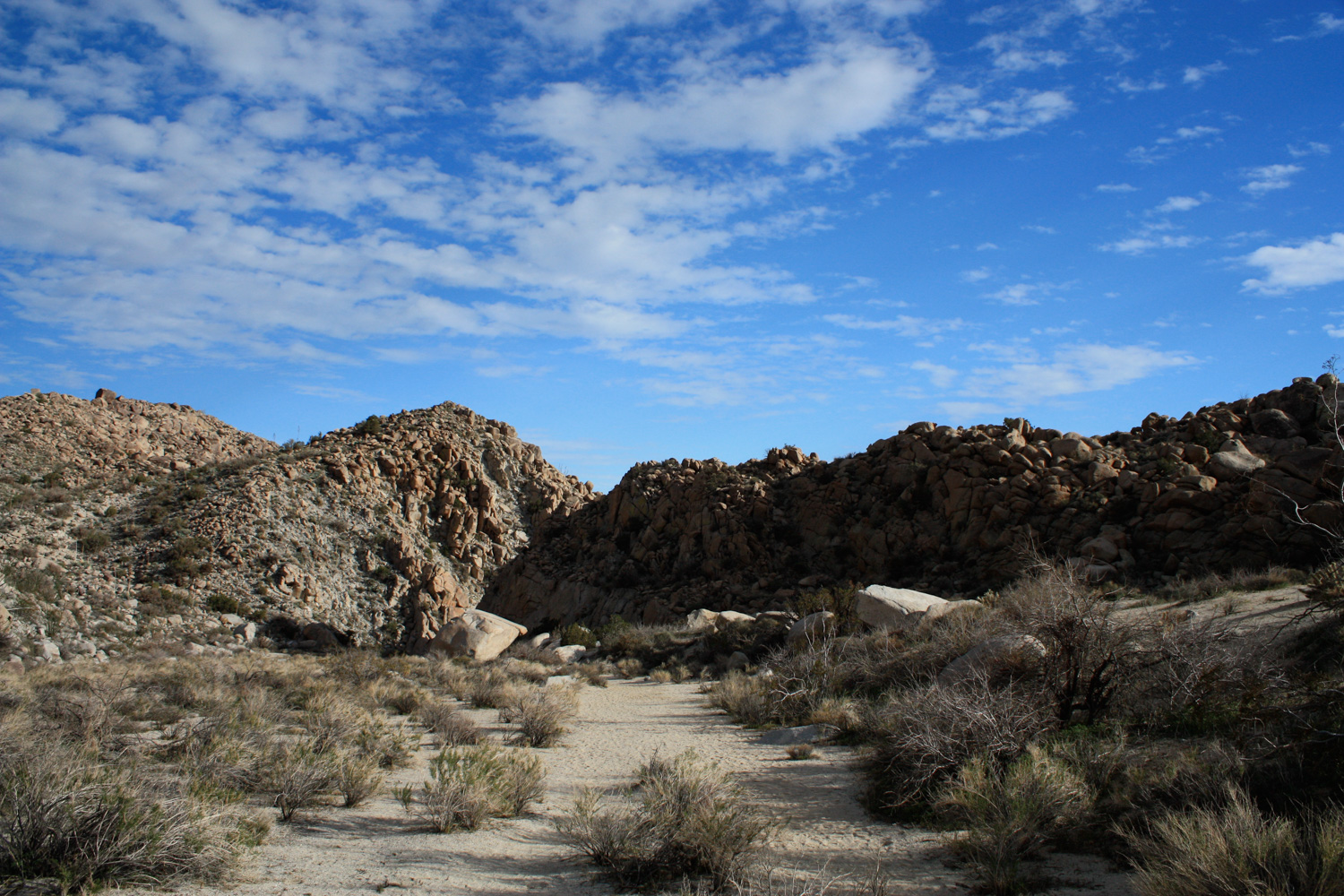A tour through some of the highlights of the southwestern corner of Anza-Borrego Desert State Park, that can be done as a strenuous 14.6 mile hike, or in easy 1-2 mile chunks if you’re willing to drive on dirt roads to get further into the interior of the desert. The landscape is relatively flat and easy if you hike, it’s just the distance that makes it tough. You’ll be rewarded with wide-open vistas of the desert, some historic old post road markers, the ruins of a Depression-era mountaintop homestead, some ancient Native American pictographs and morteros, and a stunning dry waterfall at the end of Smuggler Canyon. A great place to explore in the largest State Park in the contiguous U.S.
Ghost Mountain was on my absolute to-do list during my list trip to Anza-Borrego. I was hoping to drive down the dirt road for a while, then stop to hike a few of the shorter trails — but a recent rainstorm, along with some muddy ruts in the washboard road and my forced me to leave my car by the paved roads … which made for a very, very long hike.
If you don’t want to take you car up the dirt road, park just off the Great Southern Overland Stage Road. There’s a small pit outhouse and an information board by the dirt road, and more often than not, a few tents pitched among the brush.

At about 0.6 miles, there is a small turn-off to Foot and Walker Pass, which has a California Historical Landmark Plaque for the Butterfield Overland Mail Route, a mid-1800s mail route from Saint Louis to San Francisco, via Southern California. The plaque itself is just a few hundred feet off the road, so it’s not very out of the way if you’re interested. History buffs and plaque chasers take note.
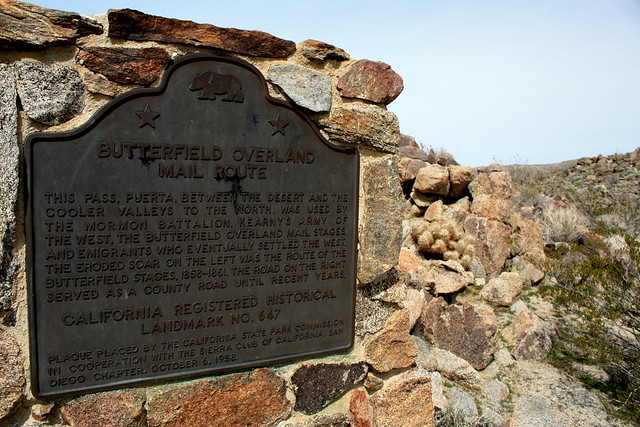
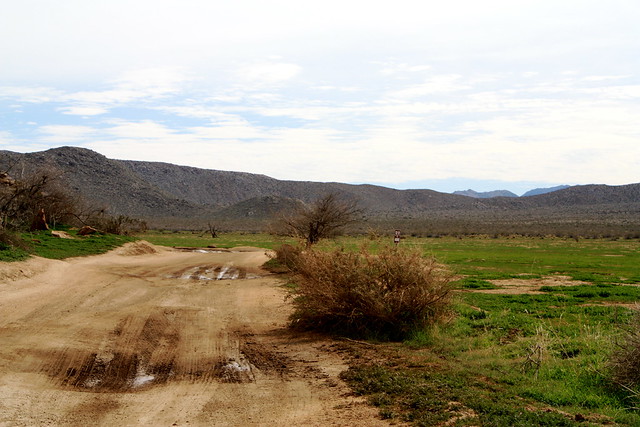
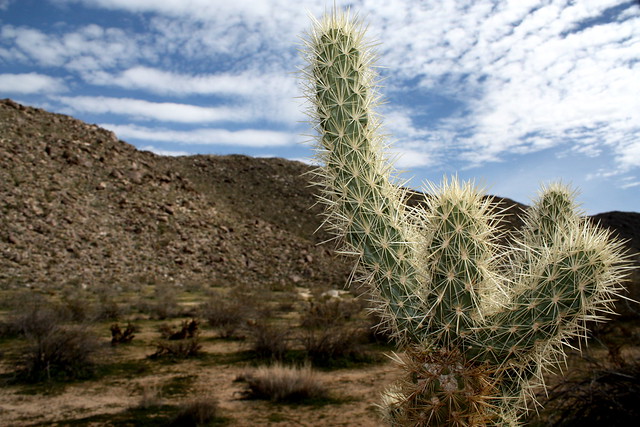
At about the 3 mile mark, the road forks, with one route leading more east. Stay headed south, toward the Marshal South Home (the other direction leads toward the pictographs and morteros). In another 0.4 miles, you’ll reach a small clearing in the dirt road with a sign pointing toward the homesite, as well as a plaque on Yaquitepec – which is what South called his mountaintop home.
For almost 20 years, South and his family lived on a hand-built house on the western slope of Ghost Mountain. South made money as a writer, and published monthly columns in Desert Magazine detailing his family’s attempt to survive off the harsh desert landscape (you can read an extensive history of the Souths at DesertUSA).
Today, the adobe house they built is in ruins, but it’s still a fascinating place to explore. Especially if you’re driving out to this location — because the trail itself is pretty short.
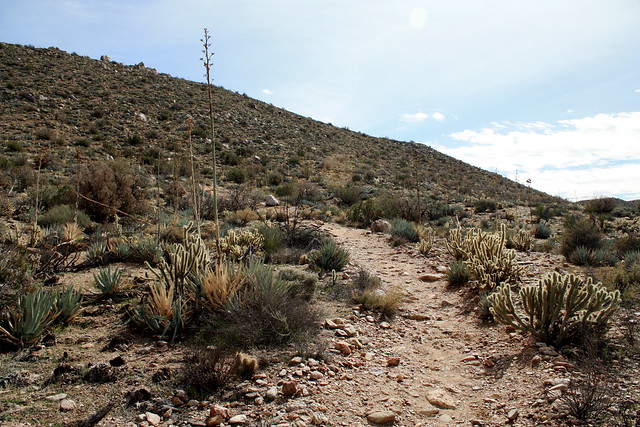
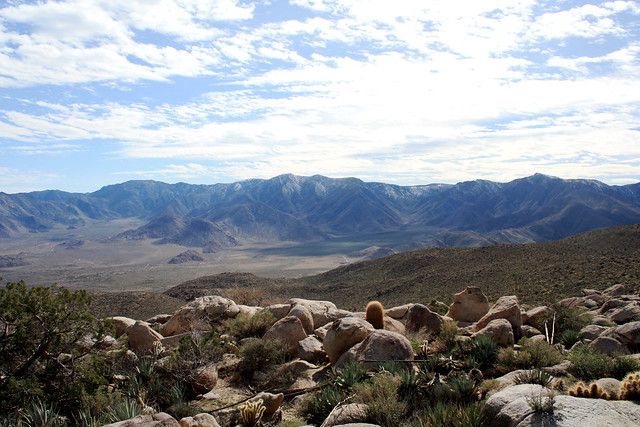
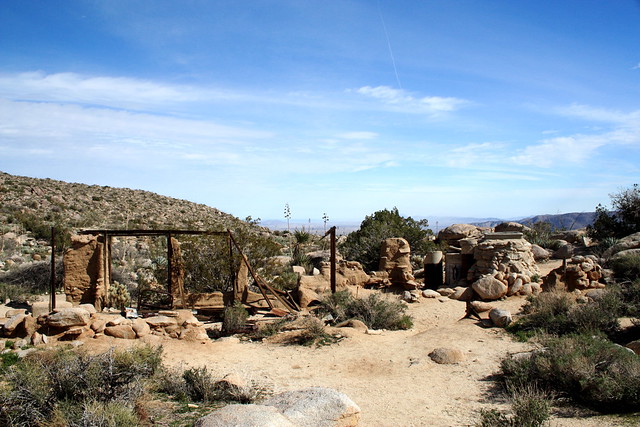
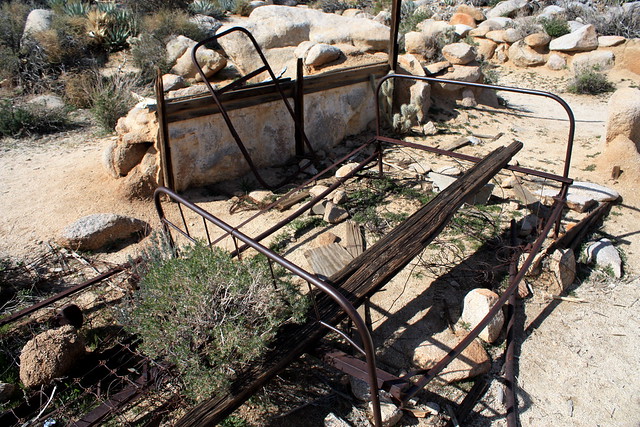

Drink in your mountain-and-desert views and wonder what it must have been like to live up here for 17 years. Get just a little bit jealous, then head back the way you came, making sure to keep an eye on the path in front of you. I took a spur trail down an old route, and ended up looking down a very steep decline — so pay attention to where you’re walking.
When you get back down to the trailhead, get back on the dirt road, and keep bearing east at the junctions at the 4.8 and 4.9 mile marks. Stay on the dirt road, ignoring two spur roads that head north. These will take you to an unofficial but popular primitive camping area hidden between some peaks, and another road that heads into Little Blair Valley (which you can take on the way back and meet up with the main road by passing through Foot and Walker Pass. But you will continue east through the valley.
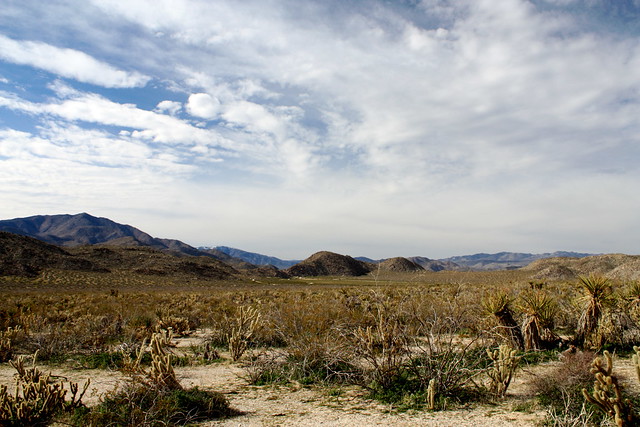

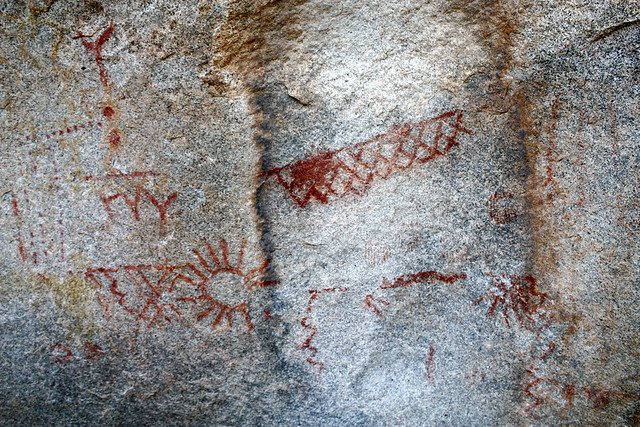
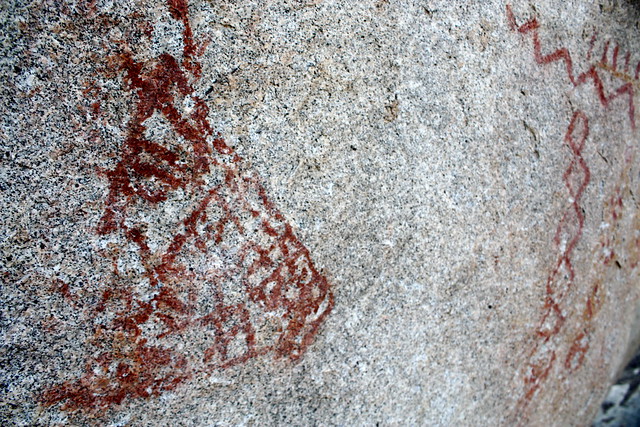
The pictographs are between 200 and 1000 years old, and are probably associated with a female puberty rite. Once you’re done soaking in the history of the area, don’t turn back — continue down the wash for another half mile.
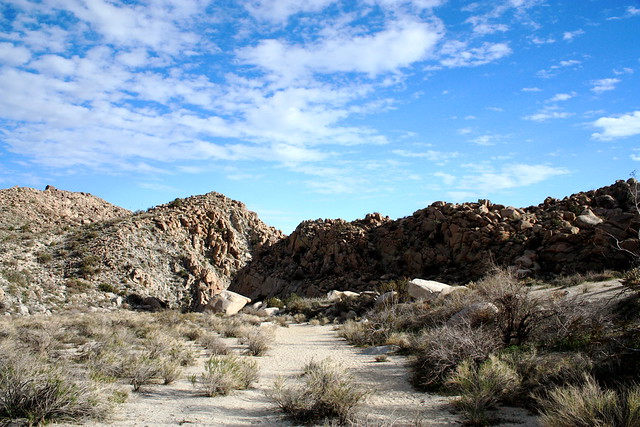
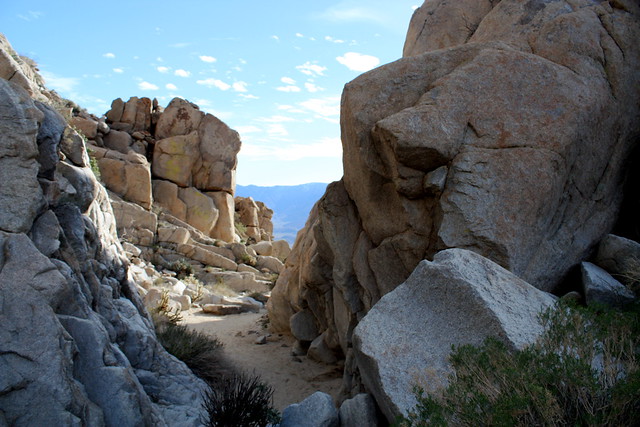
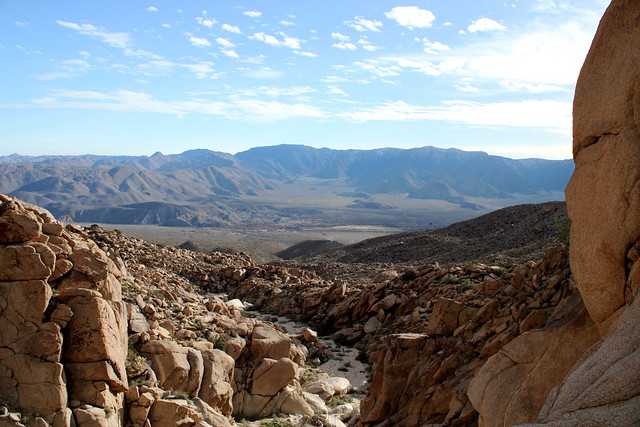
From there, it’s a long walk on the dirt road back the way you came … or, if you drove in, just a short trip to the car and a drive back to the main road.
Tags: Anza-Borrego Desert State Park, ghost mountain, Hiking, Marshal South, morteros, native american sites, Pictograph Trail, pictographs, ruins, Smuggler Canyon, village, Yaquitepec



